- Silk Road 1 – Urumqi; Xinjiang, Far west China
- Silk Road 2; Turpan, Xinjiang, China
- Silk Road 3; Touring around Turpan, Xinjiang, China
- Silk Road 4: Kashgar, Xinjiang, China
- Silk Road 5: More Kashgar; Xinjiang, China
- Silk Road 6: Tashkurgan, Xinjiang province, China
- Silk Road 7: Karakorum Highway (KKH) China to Pakistan over Khunjerab Pass
- Tips: Crossing Khunjerab Pass from Tashkurgan, China to Pakistan
We left early the next morning (7:30AM) from Kashgar, to drive to Tashkurgan. Both cities are in Xinjiang province, China. The road from Kashgar to Tashkurgan and onwards to Islamabad, Pakistan is called the Karakorum Highway (KKH). The KKH is supposed to be a very good tarmacked 2 lane road built by the Chinese over high mountain passes, with some stretches still under repair and reconstructions. More on KKH later.
We were met and driven by Abdul, our guide and his companion. First stop was to fill up gas on the outskirts of Kashgar. The gas station was all fenced in, with barbed wire on top, and a guard at the gate. We were informed that cars could only get gas after 9AM (it was 8AM), and only trucks were allowed to get gas at this time. Abdul negotiated with the guard, and only he was allowed to drive into the gas station (giving his ID to the guard); while we waited outside the gas station. I suppose it is due to some terrorism activity that extra security is imposed.
While Kashgar is predominantly Uyghur populated, the population changes along the way, from Uyghur (Kashgar) to Khyrgyz (Karakul area) to Tajik (Tashkurgan to Khunjerab Pass); mostly because of close proximity to these countries. So it is easy from the KKH in this area to drive/crossover into Kyrgyzstan or Tajikistan. Kashgar is at the western end of the Taklamakan desert; which is supposed to be the 2nd largest desert in the world. It is in a depression formed between mountains, and has the 2nd lowest point in the world near Turpan at 100m below sea level. It is a “cold desert” as it is in the shadows of several mountain ranges. Due to the desert, Kashgar and other oasis towns around the Taklamakan desert have frequent sand storms that stop all transportation for a few days Fortunately for us, the sandstorm had passed here a few days earlier so we had no issues.
On the KKH, we started climbing from Kashgar (4100ft) slowly to Tashkurgan (10,100ft).
We stopped for breakfast at Opal, a small town which is famous for a Monday market; it was Thursday, so missed the Market. Breakfast was traditional mutton Polo (pilau) and chai for Abdul and his companion; we just had the chai that came in bowls.
 Traditional breakfast in Opal on roadside restaurant
Traditional breakfast in Opal on roadside restaurant
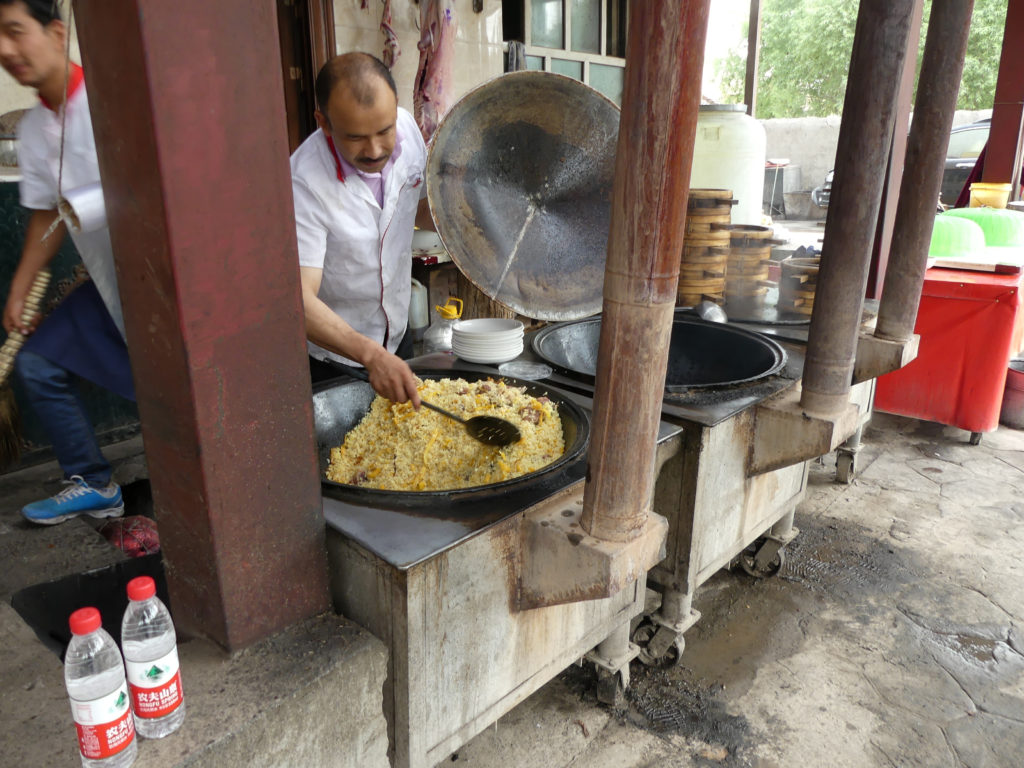 Polo (pilau) is staple meal for breakfast, lunch and dinner
Polo (pilau) is staple meal for breakfast, lunch and dinner
From now, for about 90kms, the road was under construction, so the going was slow and bumpy. It had also rained here a couple of days ago, so it was muddy and some mud landslides that had just been cleared, We were now moving into the Karakoram mountain range on our left, and the Pamir range on our right and we could see some spectacular scenery with snowcapped mountains. The road wound alongside a river with lots of river rock
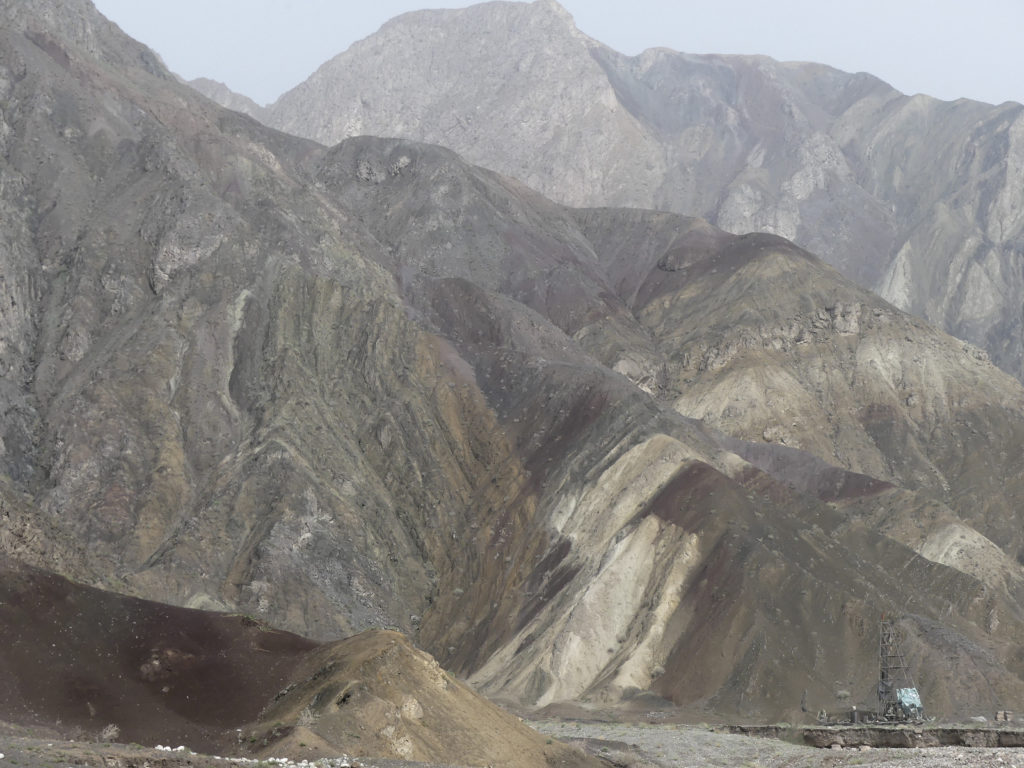 Mines along the way (note colored striations in mountains where minerals are)
Mines along the way (note colored striations in mountains where minerals are)
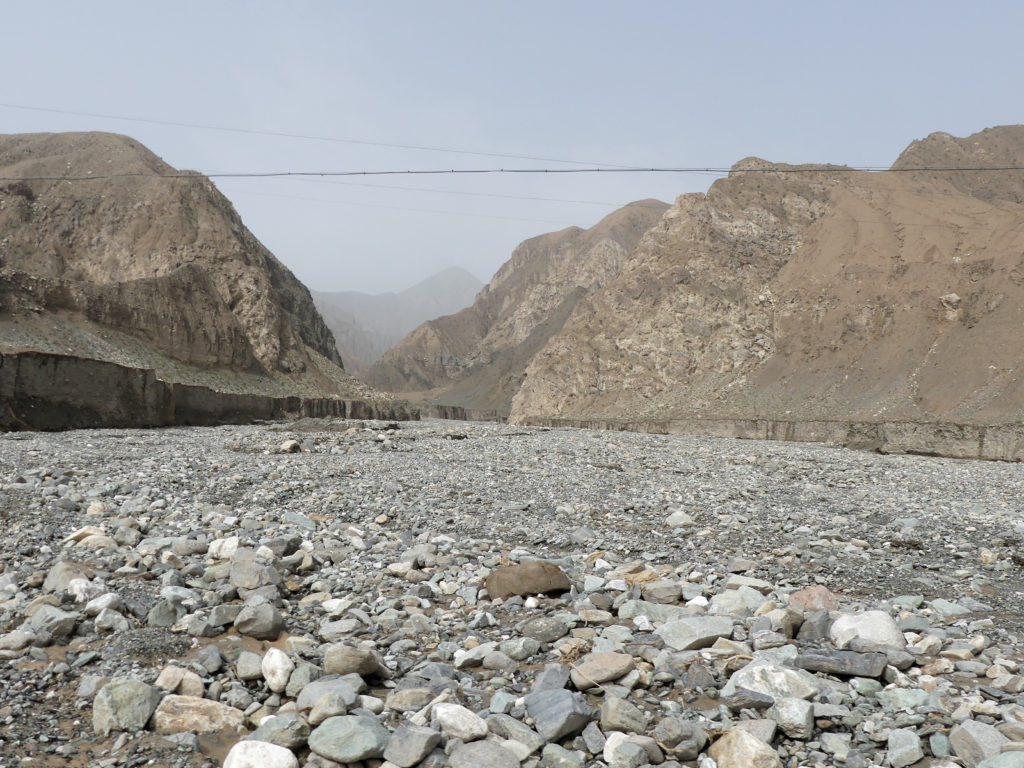 Dried up river beds with tons of rock
Dried up river beds with tons of rock
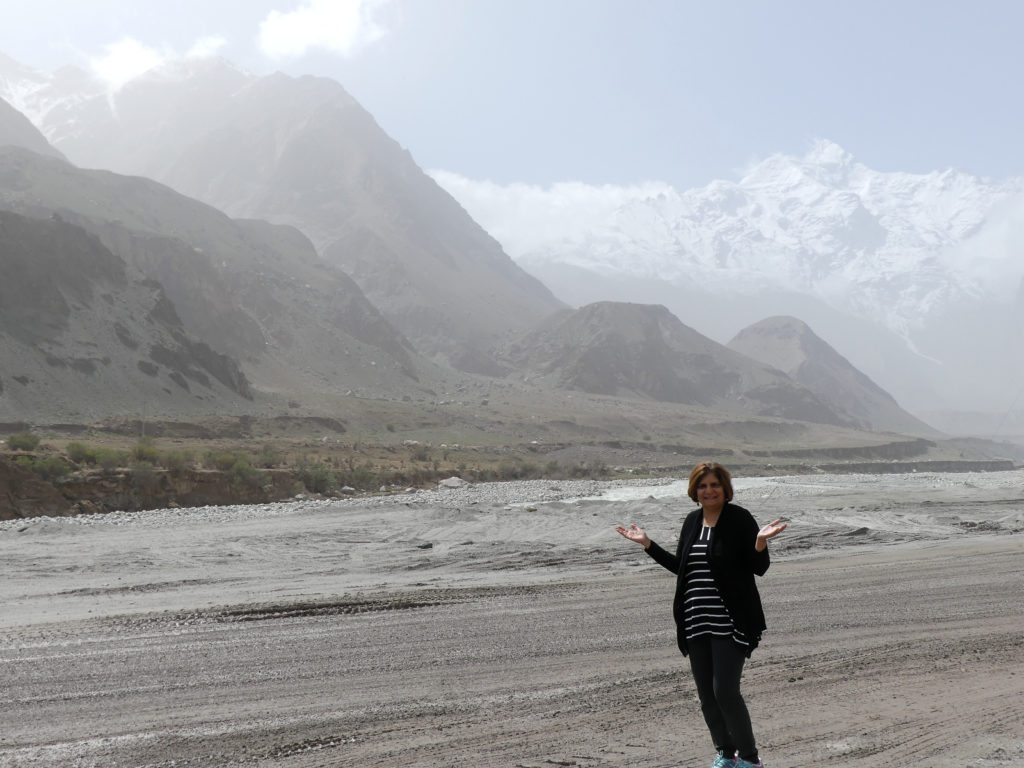 Pamirs and Karakoram mountain ranges star
Pamirs and Karakoram mountain ranges star
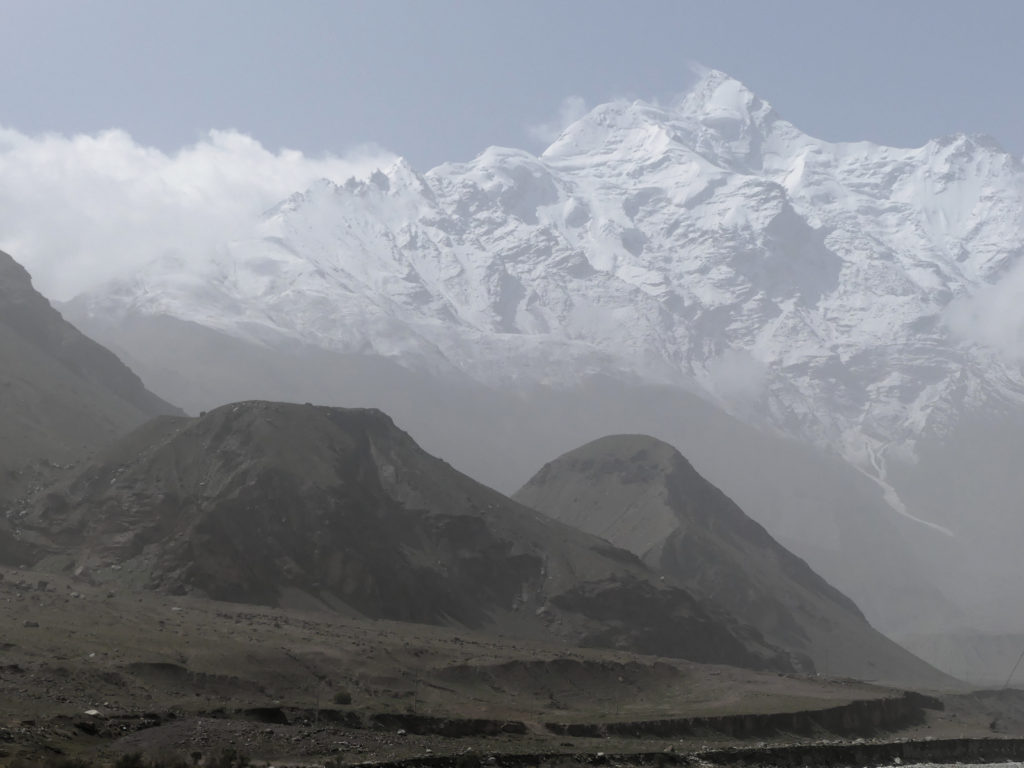 Spectacular mountain scenery of the Pamirs and Karakoram ranges
Spectacular mountain scenery of the Pamirs and Karakoram ranges
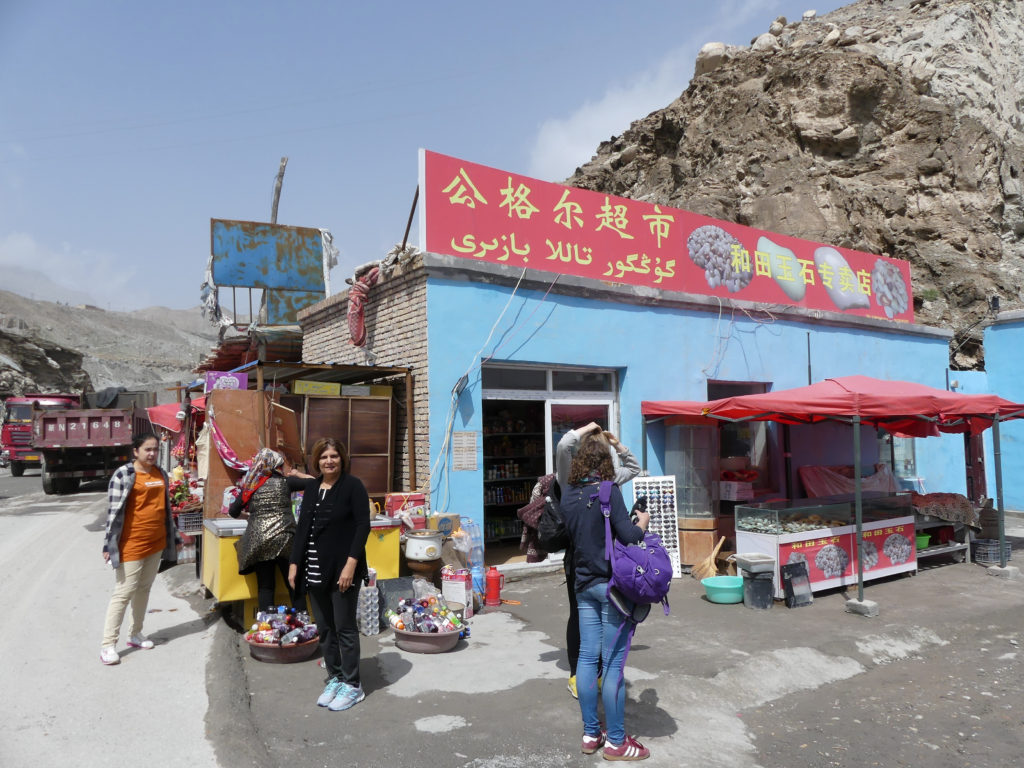 Have to get out of the car at Police checkpoints along the way
Have to get out of the car at Police checkpoints along the way
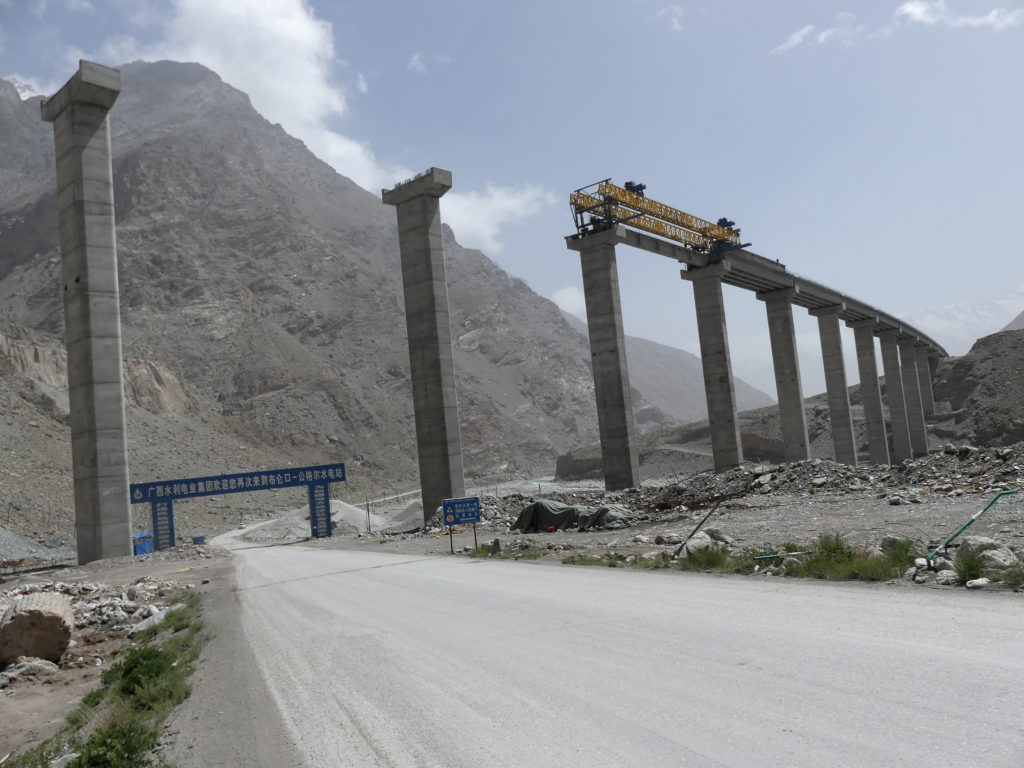 Lots of construction along the KKH
Lots of construction along the KKH
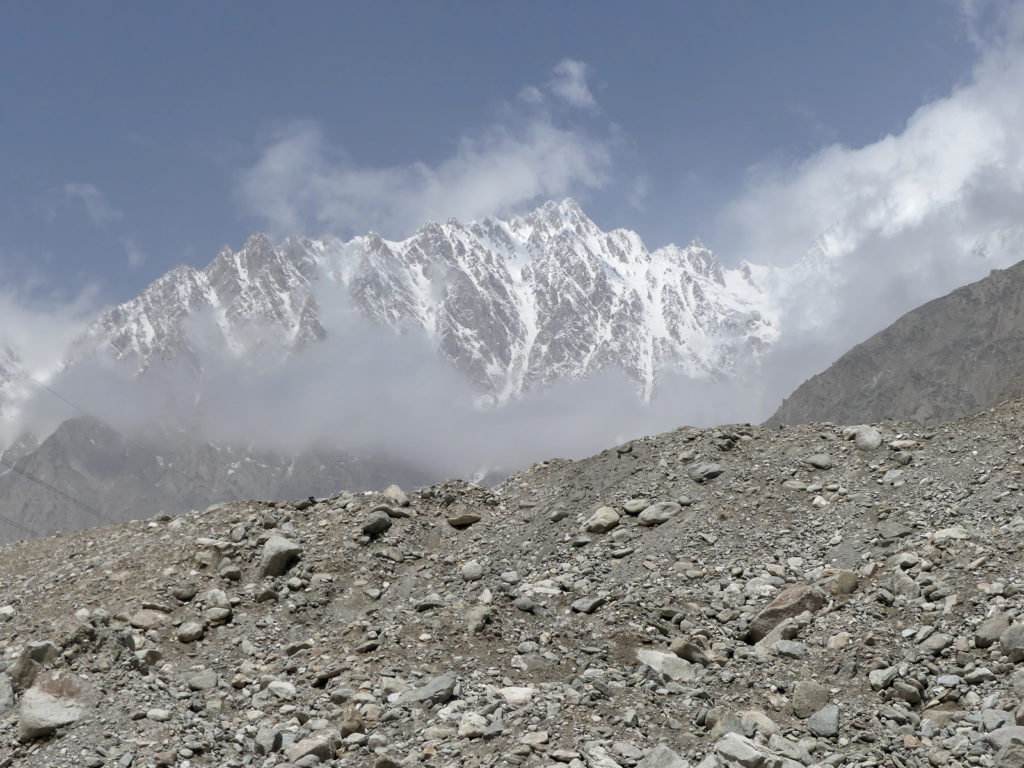 Beautiful mountains all around
Beautiful mountains all around
 At Lake Karakul; breathtaking scenery in Pamirs
At Lake Karakul; breathtaking scenery in Pamirs
We were stopped at a couple of police checkpoints where ID’s had to be shown. Security gets tighter as you get closer to various borders. Lake Karakul was the next stop, with Muztagh Ata (7,546 m), Kongur Tagh (7,649 m) and Kongur Tiube (7,530 m) mountains overlooking the lake. Spectacular scenery all around. (7,500m is 24,600ft). Lake Karakul at 12,000ft, is one of the highest lakes on the Pamir plateau, with beautiful scenery.
Since we were not hiking around, we did not yet feel the effects of high altitude. Yurts were available for staying in, but the bathrooms were outhouses, and not very sanitary, so we skipped staying here.
Kept driving to Tashkurgan with continued spectacular scenery.
Arrived in Tashkurgan (10,000ft), which is in a valley with snowcapped mountains all around. Since it was still afternoon, we decided to visit the Stone Fortress, which is what Tashkurgan means in Tajik; and this fort was used by the local kings to collect taxes from the Silk Road traders, in return for providing protection and marketplace for trading, as well as caravanserais (hotel – resting place) as this was an oasis.
 Views of mountains from the Stone Fort
Views of mountains from the Stone Fort
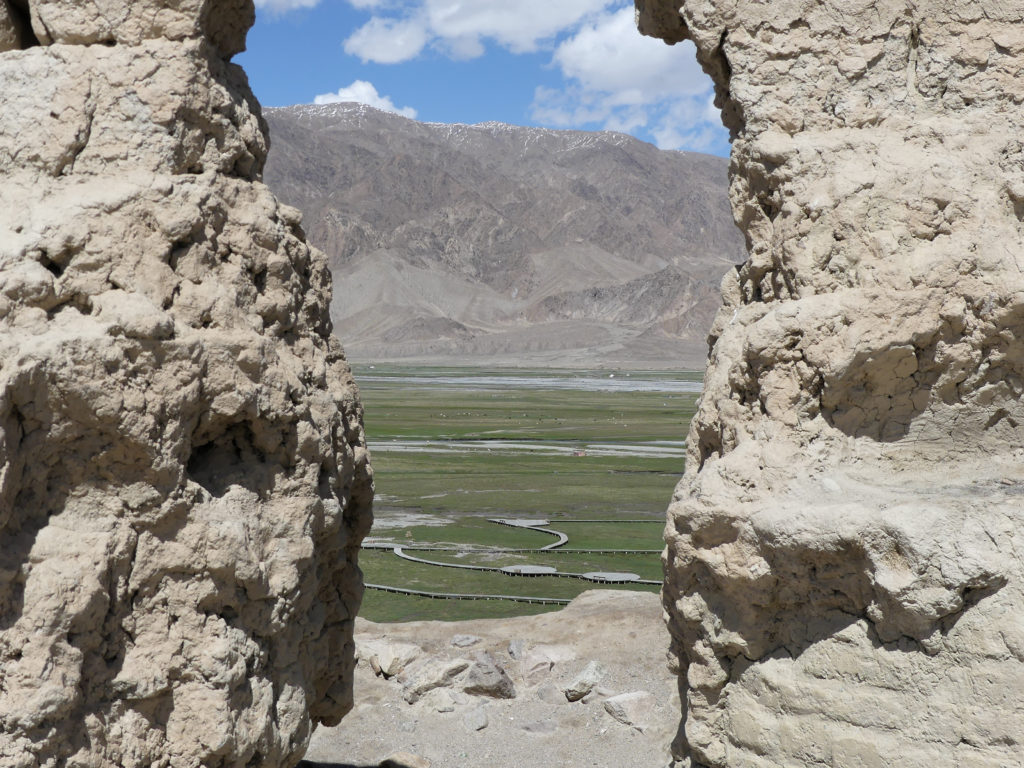 Grasslands down below the Stone Fort
Grasslands down below the Stone Fort
Below the fort is a large beautiful flat grassland where the local farmers raise and graze their cattle, yaks, sheep, goats, and they have built a raised platform above the grasslands so they (& tourists ☺) can easily get from one place to another. The scenery was very beautiful once again.
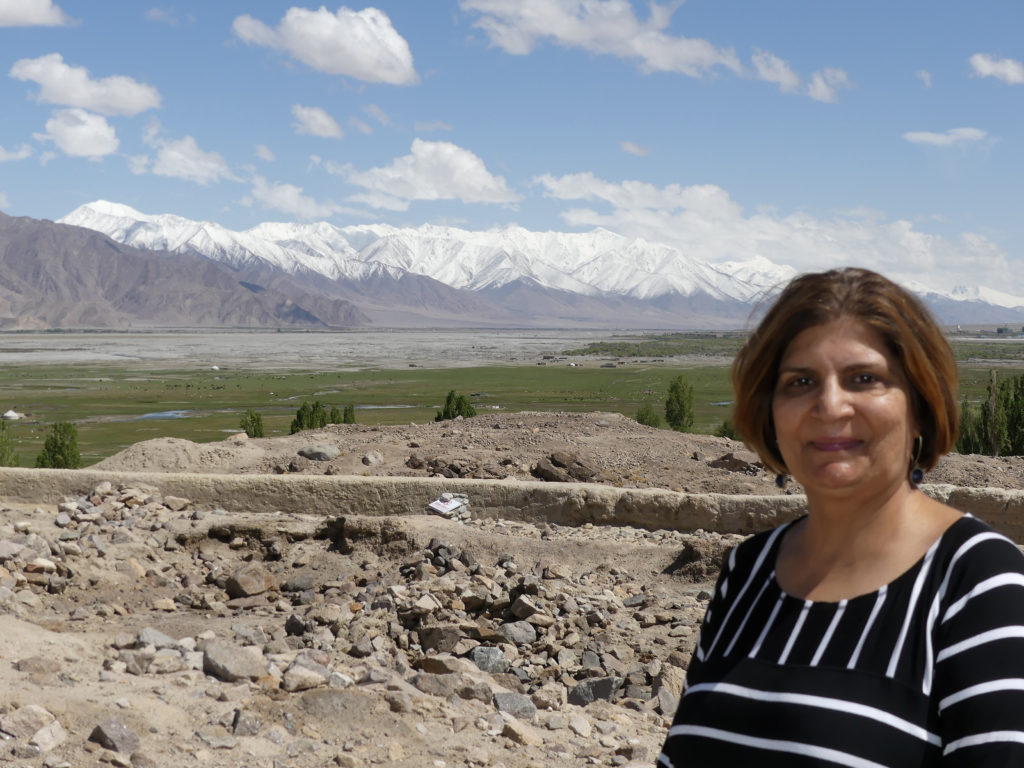 Snow Caps all around the valley (Pamirs and Karakorum ranges)
Snow Caps all around the valley (Pamirs and Karakorum ranges)
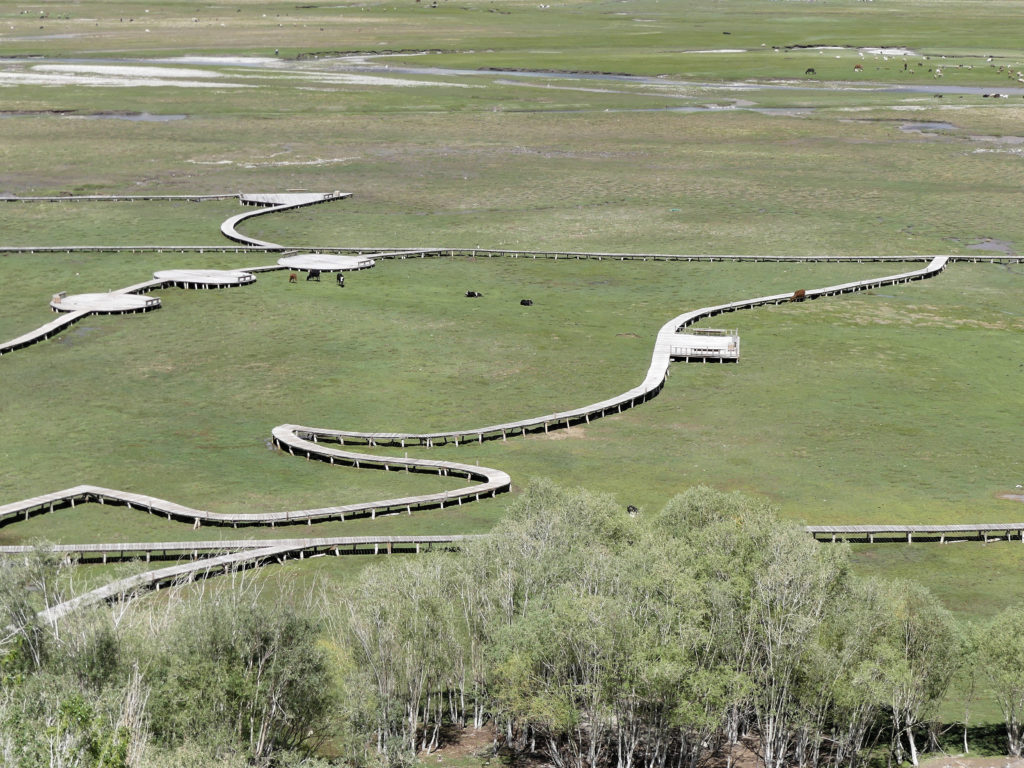 Grasslands below the Stone Fort
Grasslands below the Stone Fort
The town of Tashkurgan is modern and well built, with good infrastructure thanks to China. We walked around the town after checking into our hotel, to find some interesting place to eat.
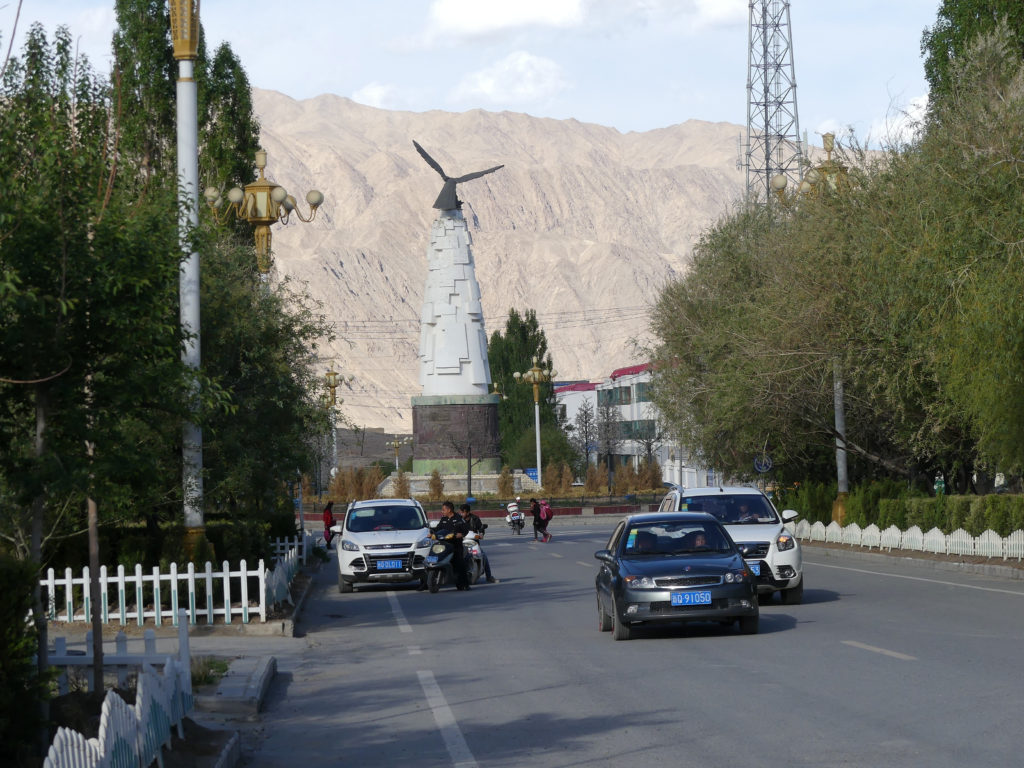 The eagle is a symbol present in many places; brought over from Persia; with possible Zoroastrian influences?
The eagle is a symbol present in many places; brought over from Persia; with possible Zoroastrian influences?
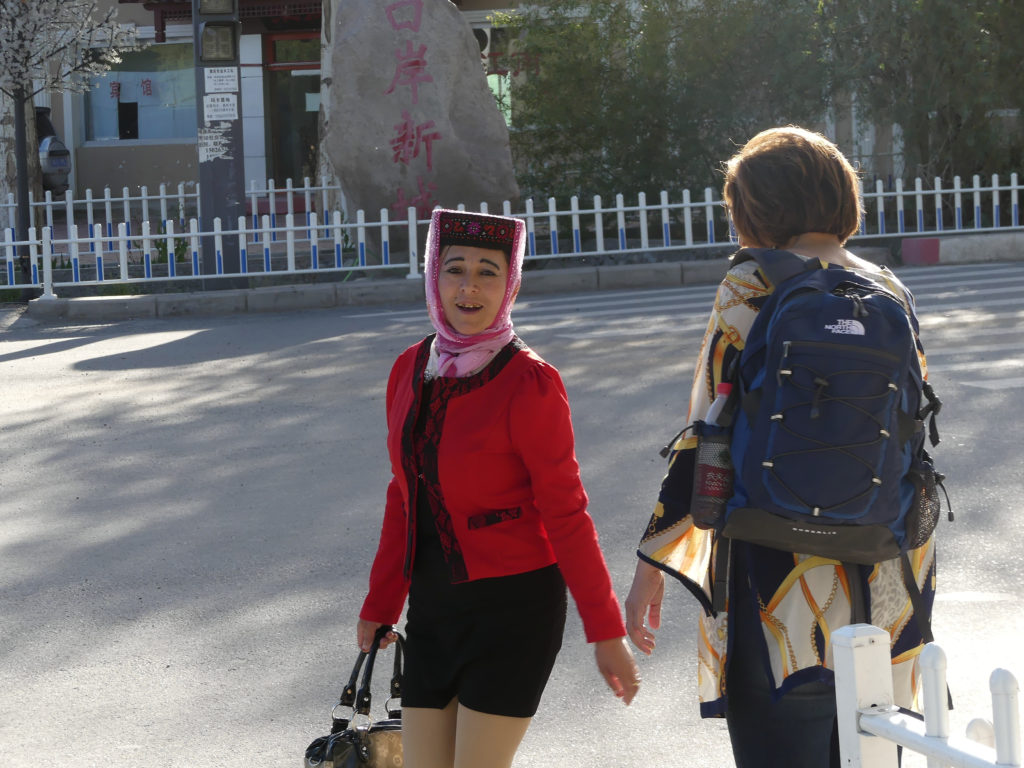 Friendly, smartly dressed Tajik locals, but no english
Friendly, smartly dressed Tajik locals, but no english
 Smiles from the very friendly locals
Smiles from the very friendly locals
On the way, we came across a small grocery shop run by a nice Tajik family, and one young man (very limited English) translated for us with an App, that they were Ismaili’s, and were selling fresh vegetables, meat, and local yak milk and yogurt. Of course, we had to try the yak milk yogurt, fresh from the farm. The lady owner and her family happily served us the delightful yogurt and refused to take any money from us. So nice of them. The asked if we spoke Persian or Wakhi or Sarikoli to communicate. Too bad we could not communicate. See pics with this family.
 Local Tajik family running a grocery shop; delicious yak milk yogurt
Local Tajik family running a grocery shop; delicious yak milk yogurt
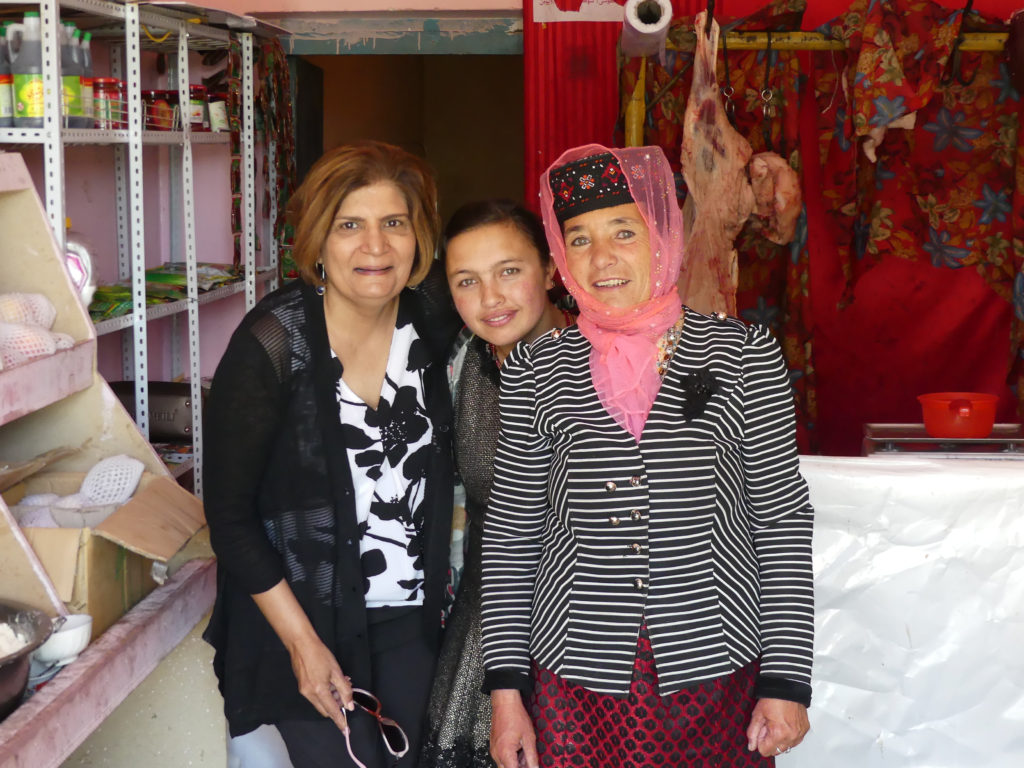 With kind family that ran the grocery shop with Yak milk yogurt
With kind family that ran the grocery shop with Yak milk yogurt
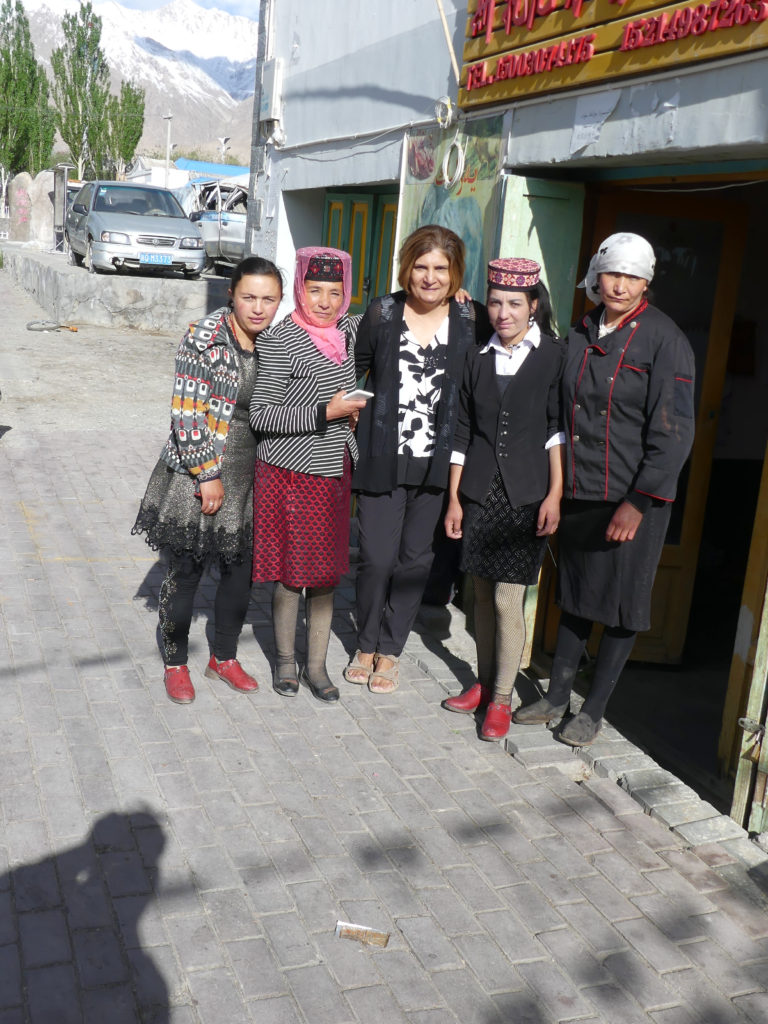 With kind family that ran the grocery shop with Yak milk yogurt
With kind family that ran the grocery shop with Yak milk yogurt
We decided to eat at a local Pakistani restaurant (needed some spicy food after a long time ☺, to re-tickle our taste buds), which came recommended. We asked around and were guided to the place by some locals. However, it was being converted into a handicraft shop, but the owner turned out to be a Pakistani Ismaili, who took us across the road to another Pakistani (Ismaili) restaurant called Wakhan Fast Food run by Rehman Alikhan; where we had our fill of local Pakistani food.
Apparently, a lot of the local traders are Pakistani’s from Gilgit and Hunza in Pakistan who come to Tashkurgan and Kashgar to trade in gemstones, handicrafts etc, taking back Chinese made electronics (mobiles etc) to sell in Pakistan. Talked to the Pakistani’s to get an idea about Ismailis here; seems like the Jamat Khana has been closed for over 2 years; the Chinese Govt is suspicious and discourages gatherings/harasses people. Tajiks number about 35,000 ~ 50,000 in this region. This region borders with Afghanistan (Wakhan Corridor), Tajikistan (Gorno-Badakhshan Province) and Pakistan (Gilgit-Baltistan). As a result, one of the languages spoken here is Wakhi. Wakhi is also the language spoken by the people of upper Hunza valley, the Gorno-Badakshan region of Tajikistan and the Wakhan corridor of Afghanistan; all these regions border each other and have similar mountain towns and communities. Took a picture of the JK from outside only, since we did not want to run afoul of the local authorities in any way.
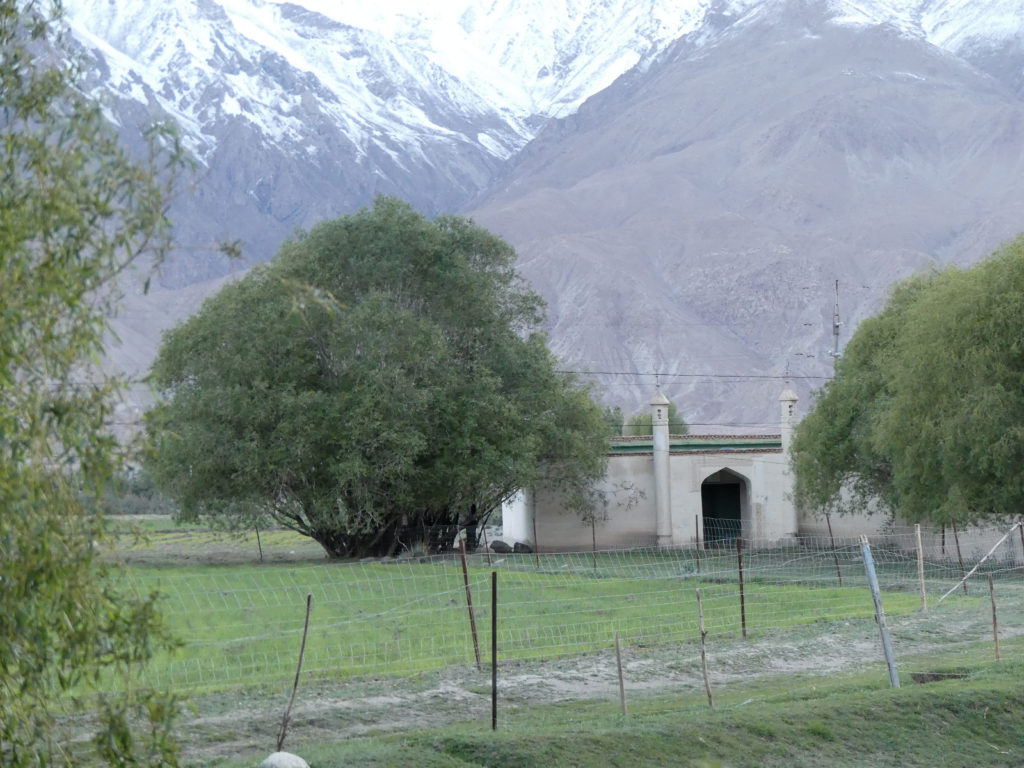 Tashkurgan Jamatkhana; closed and not used
Tashkurgan Jamatkhana; closed and not used
Hit the sack as we had another adventurous journey next day
This entry was posted in Asia, China, Silk Road China May 2016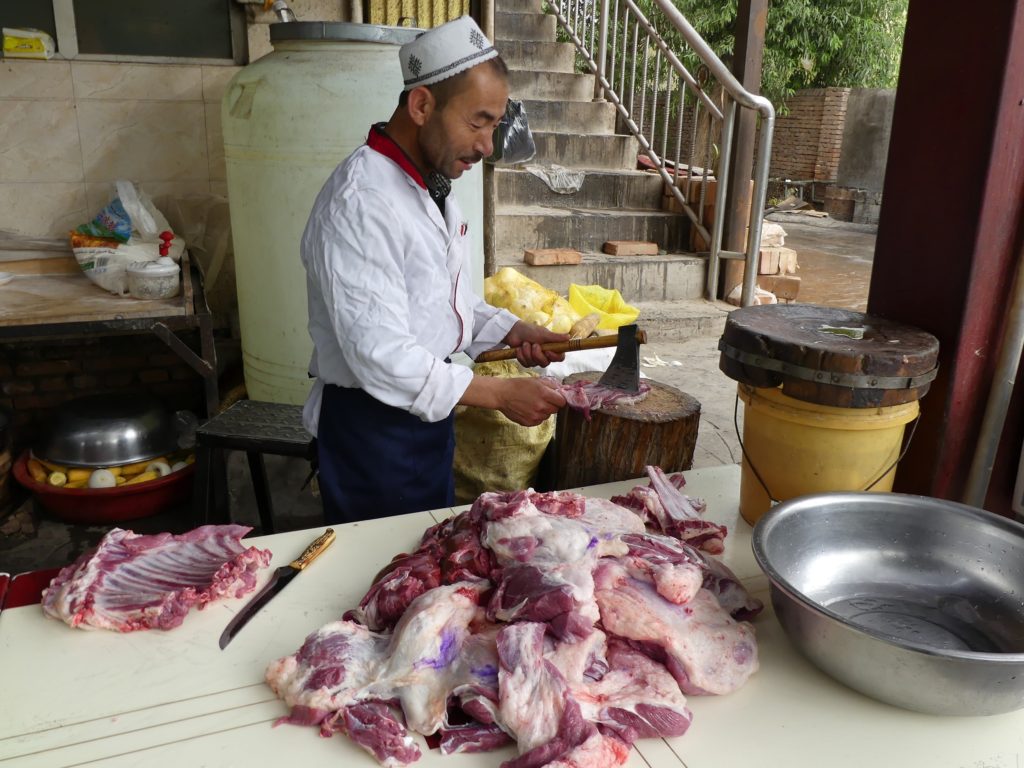
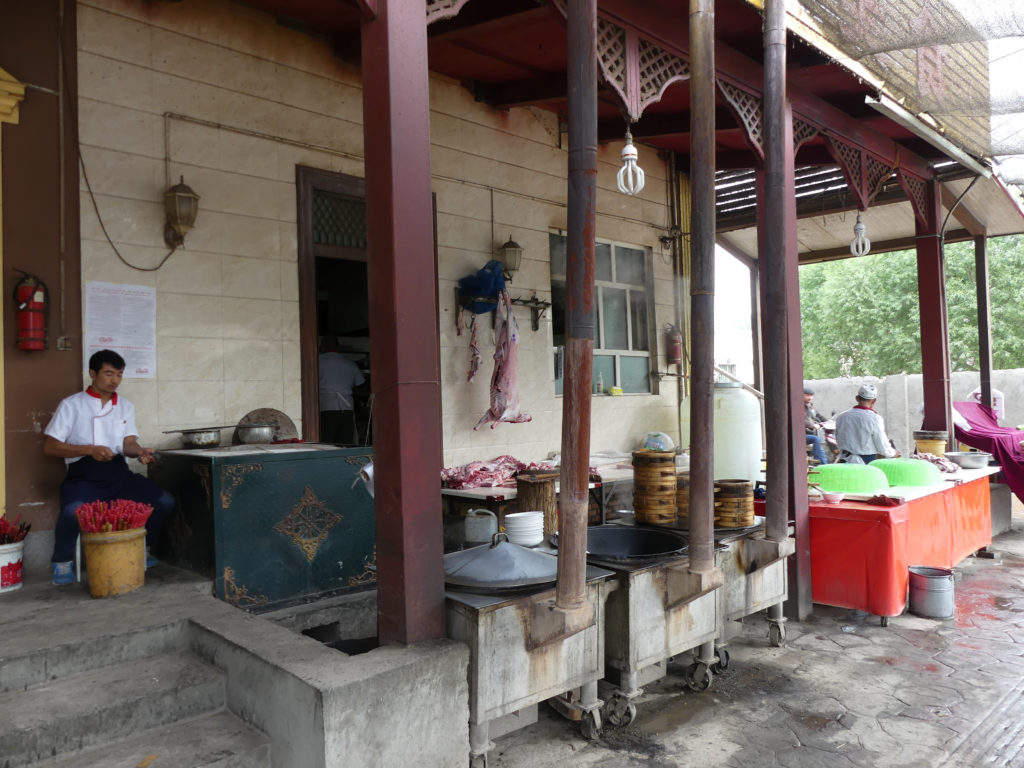
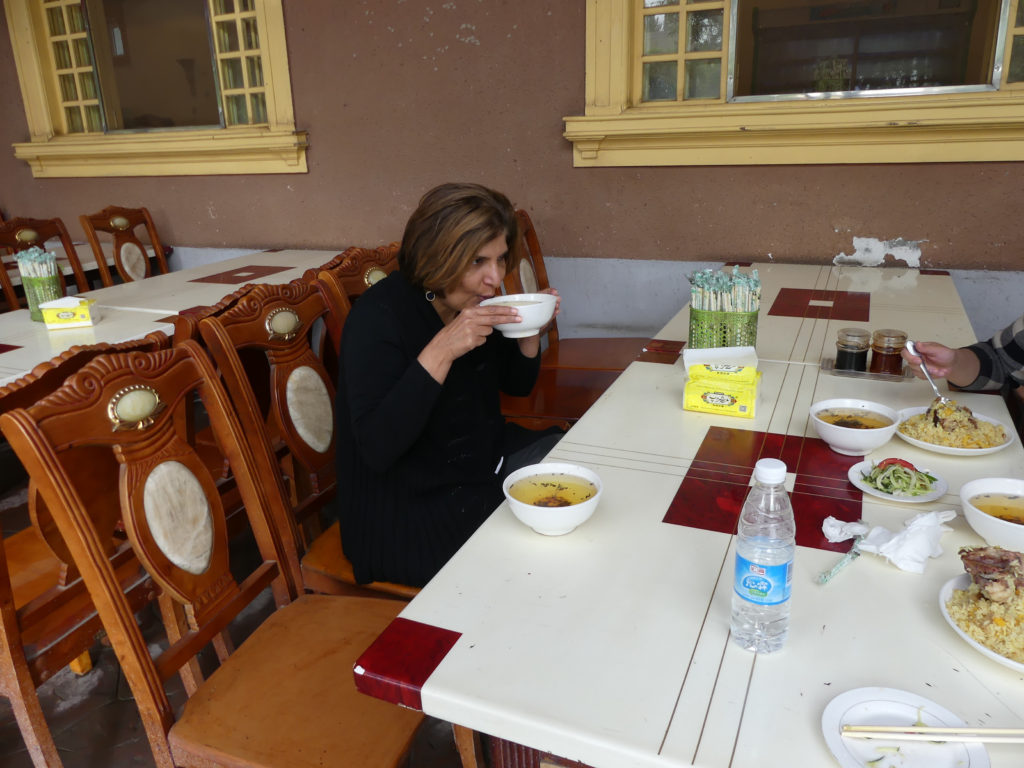

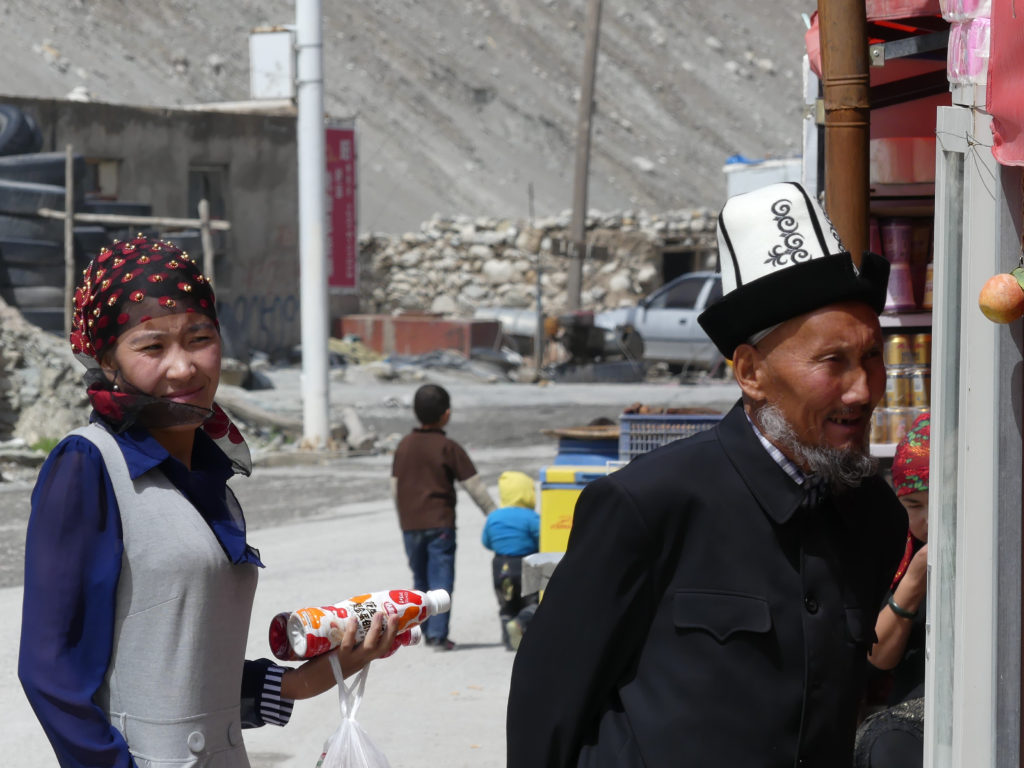


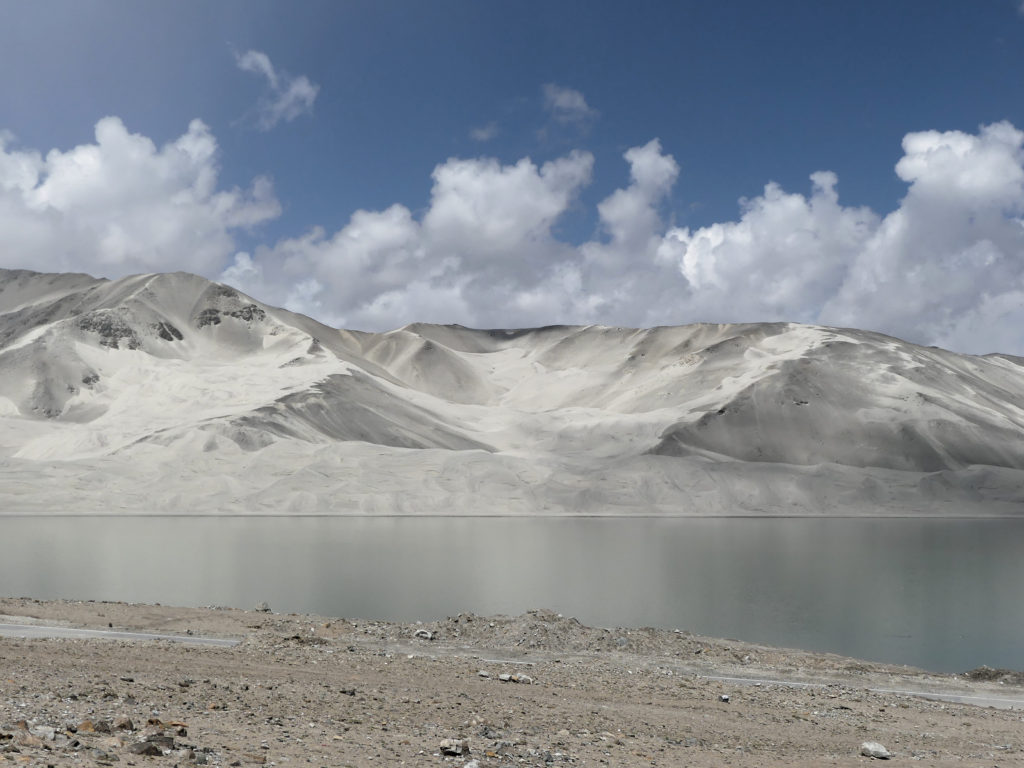
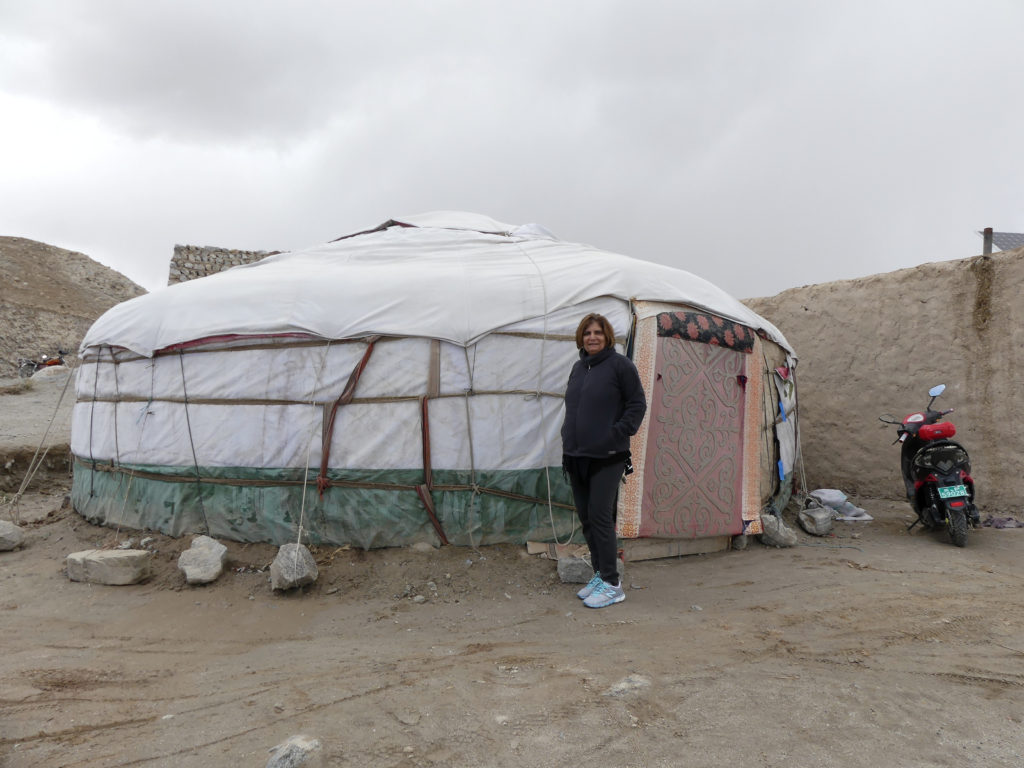
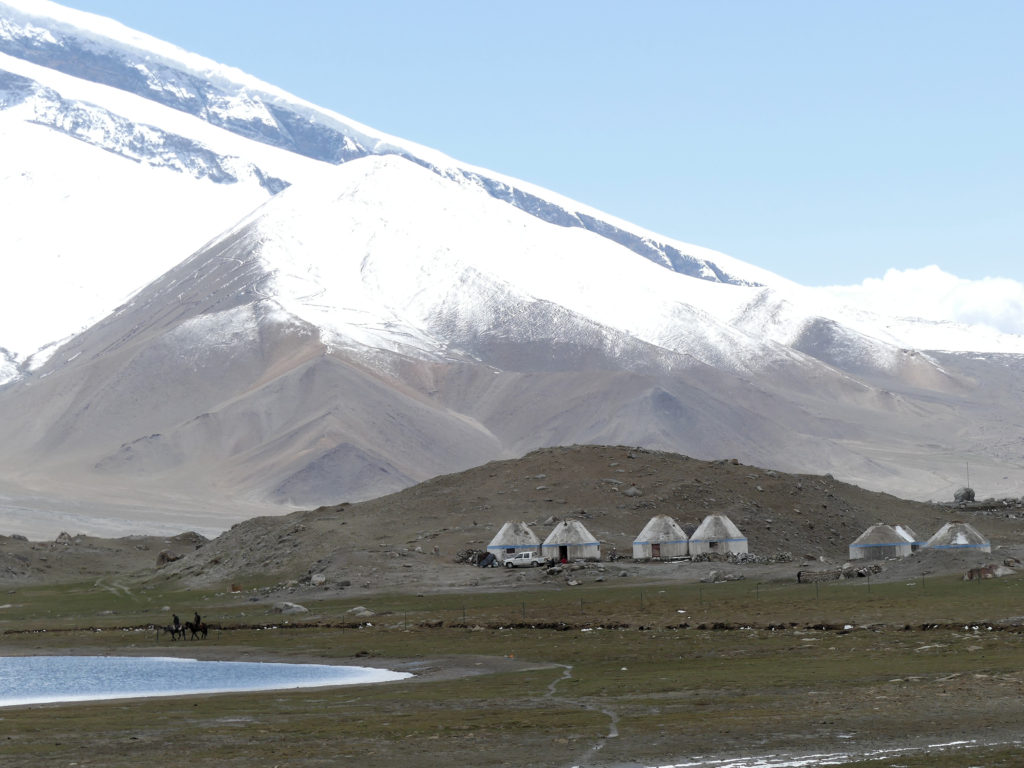
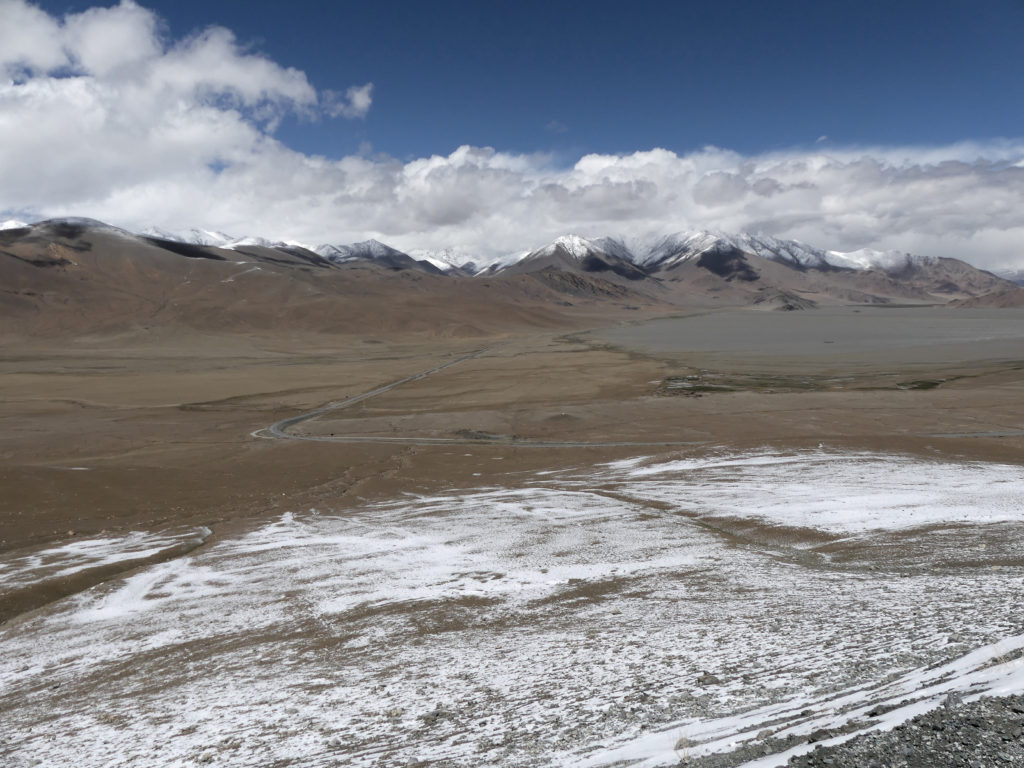
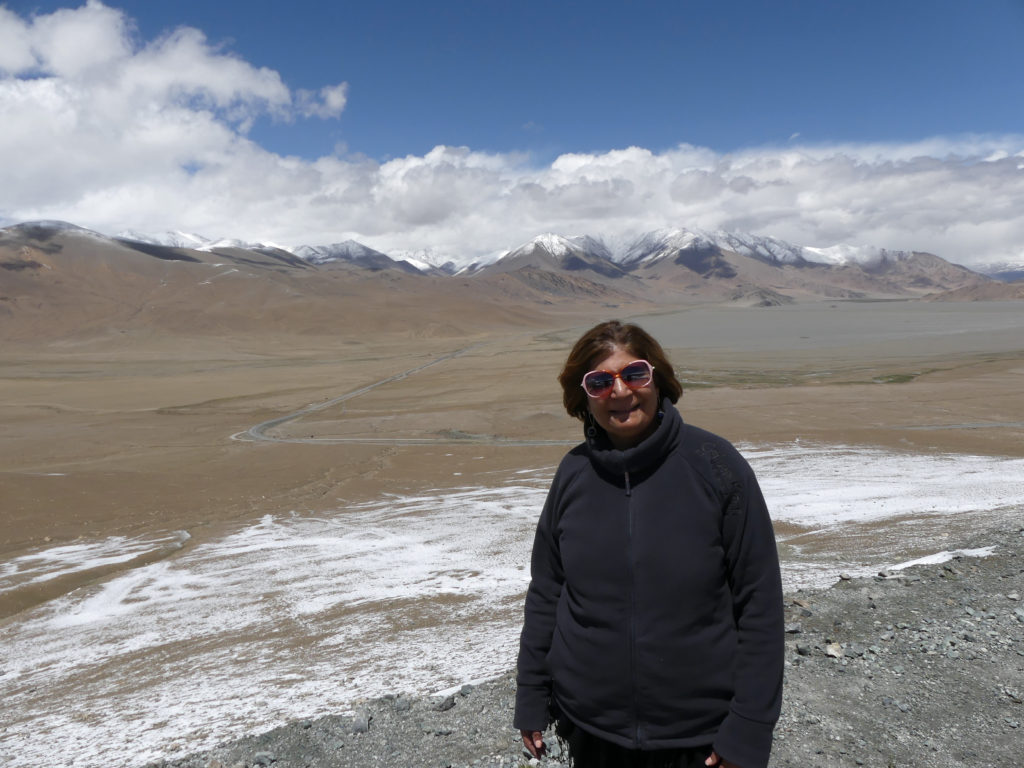
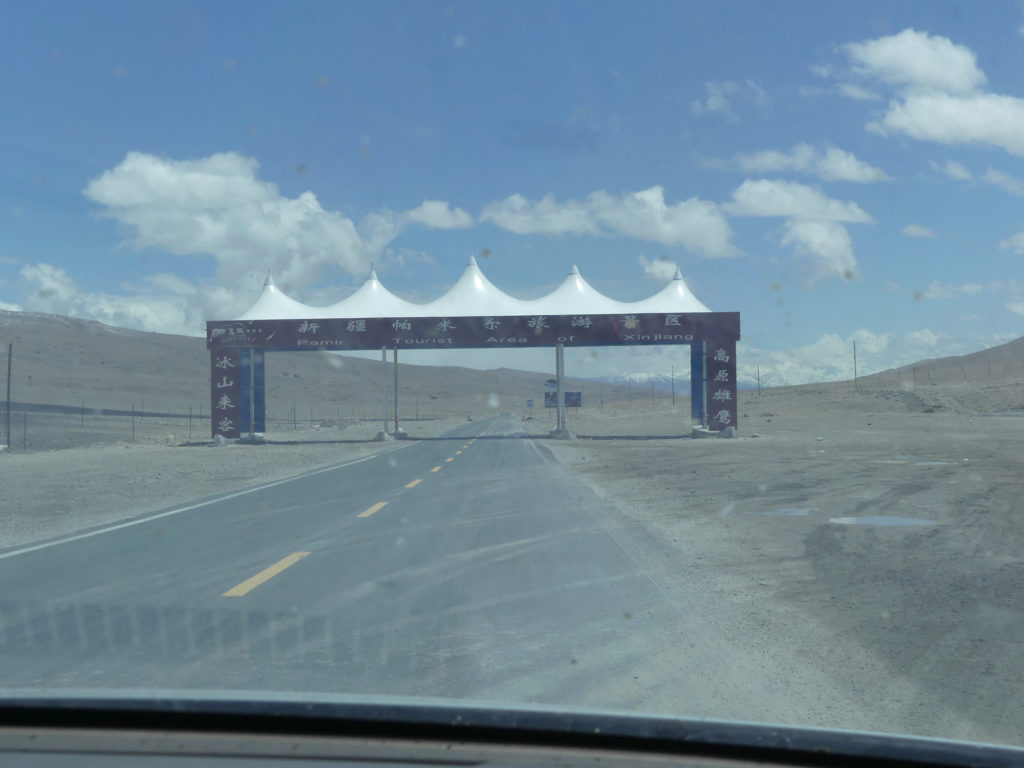
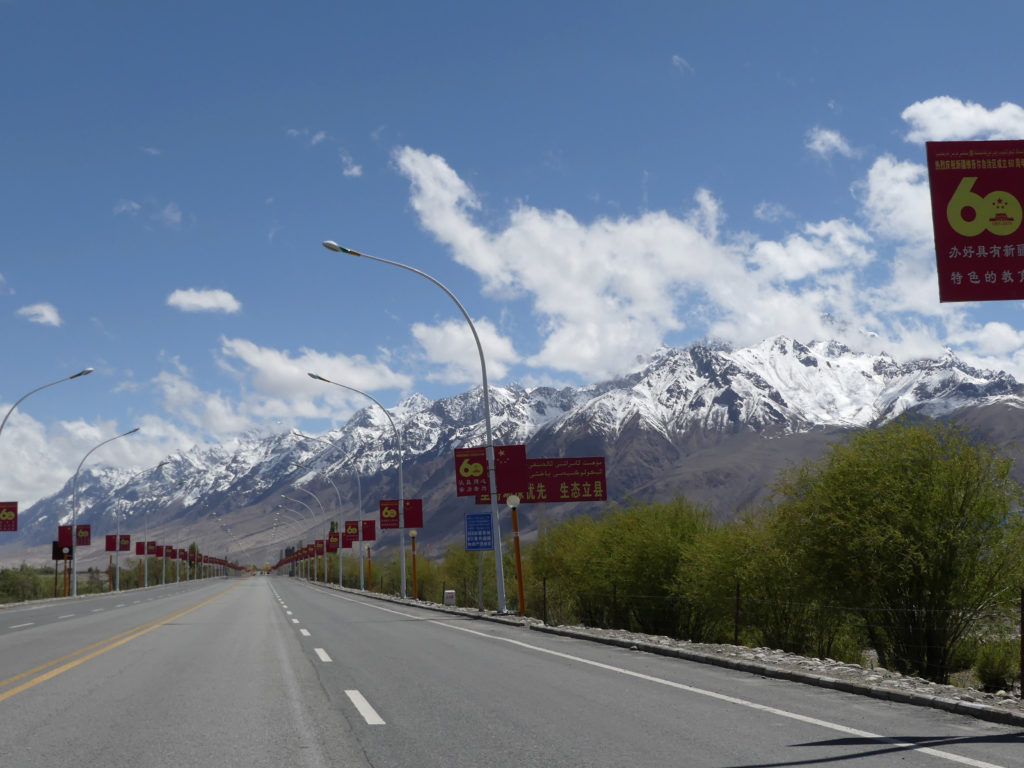

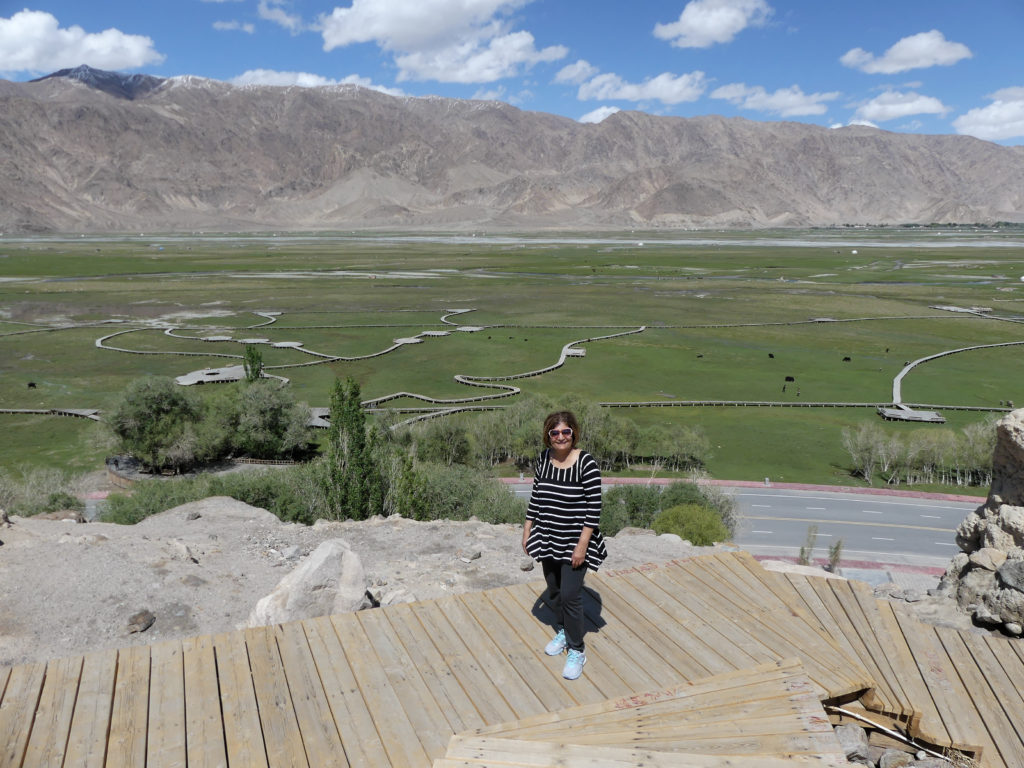
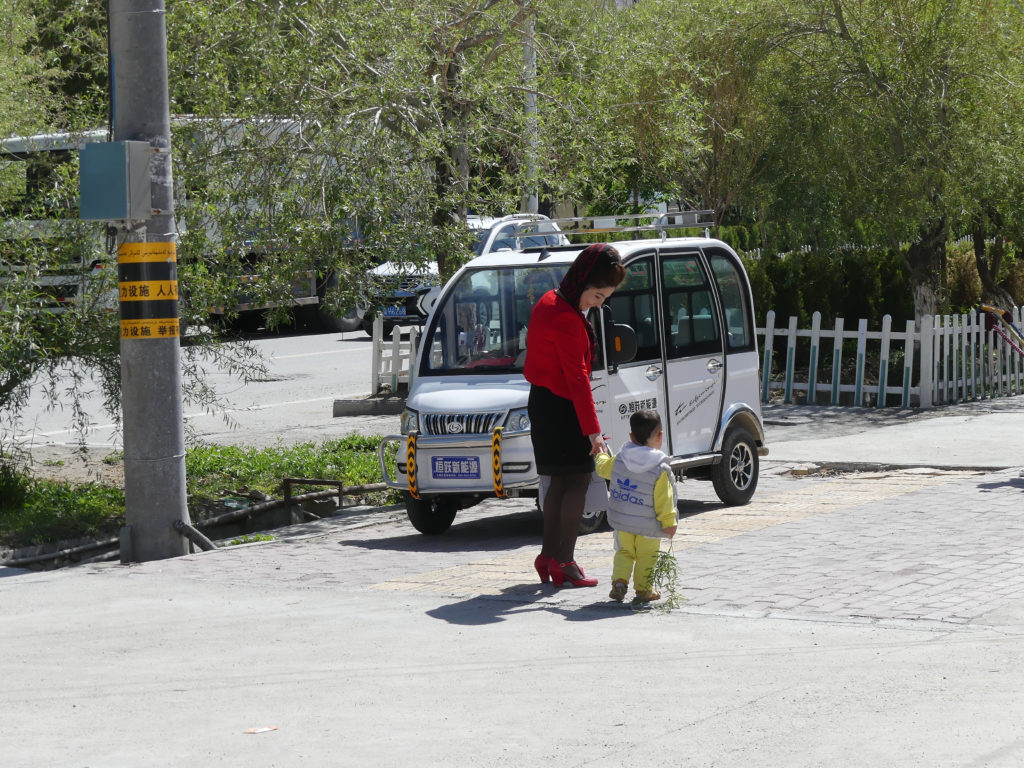
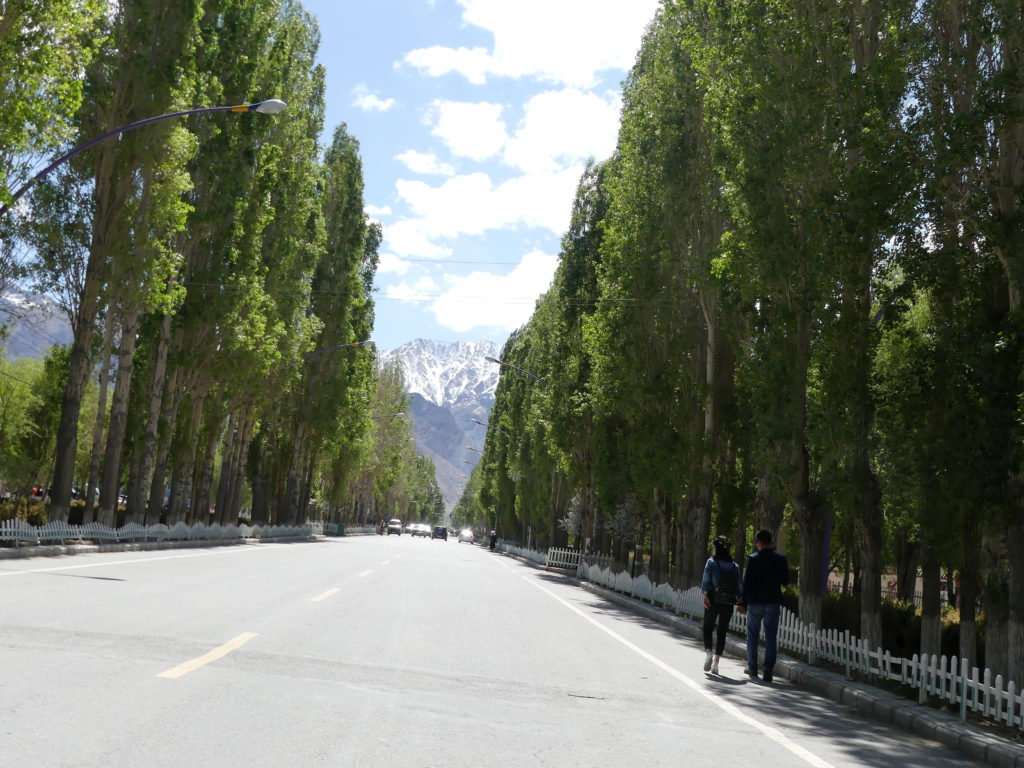


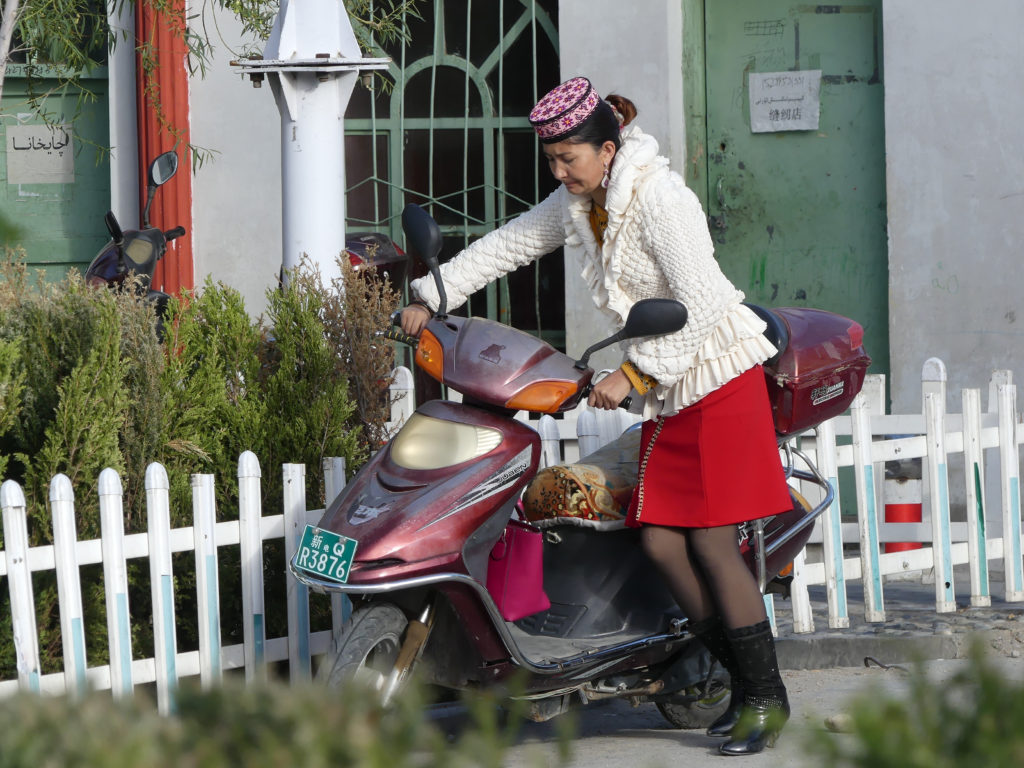

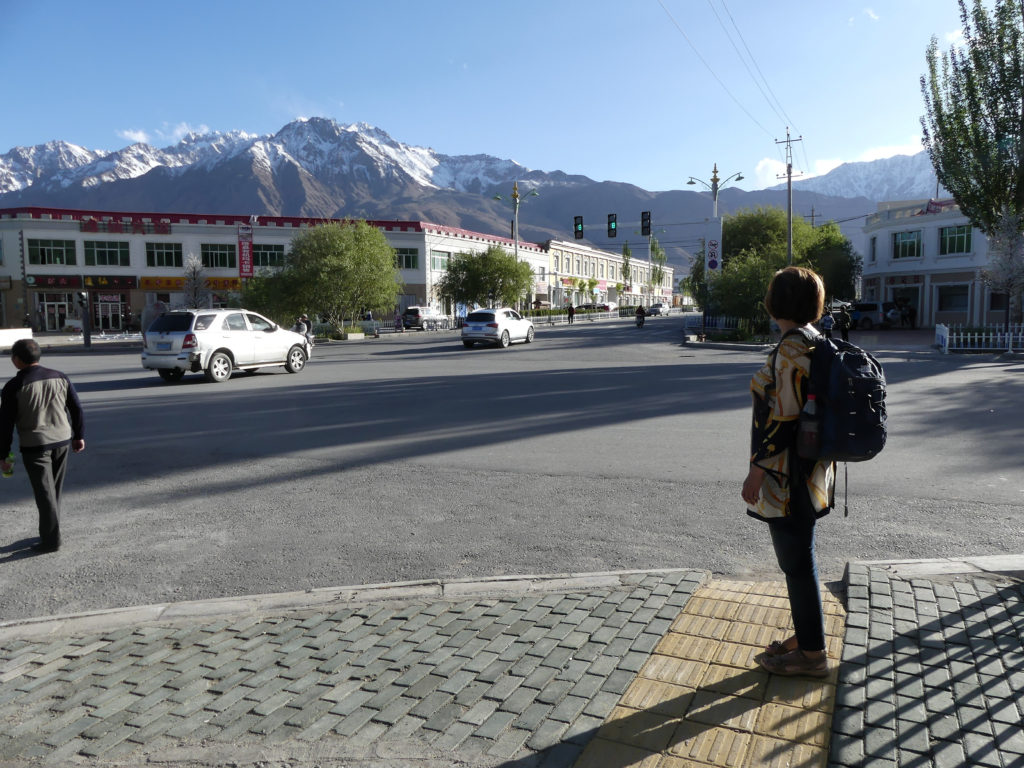

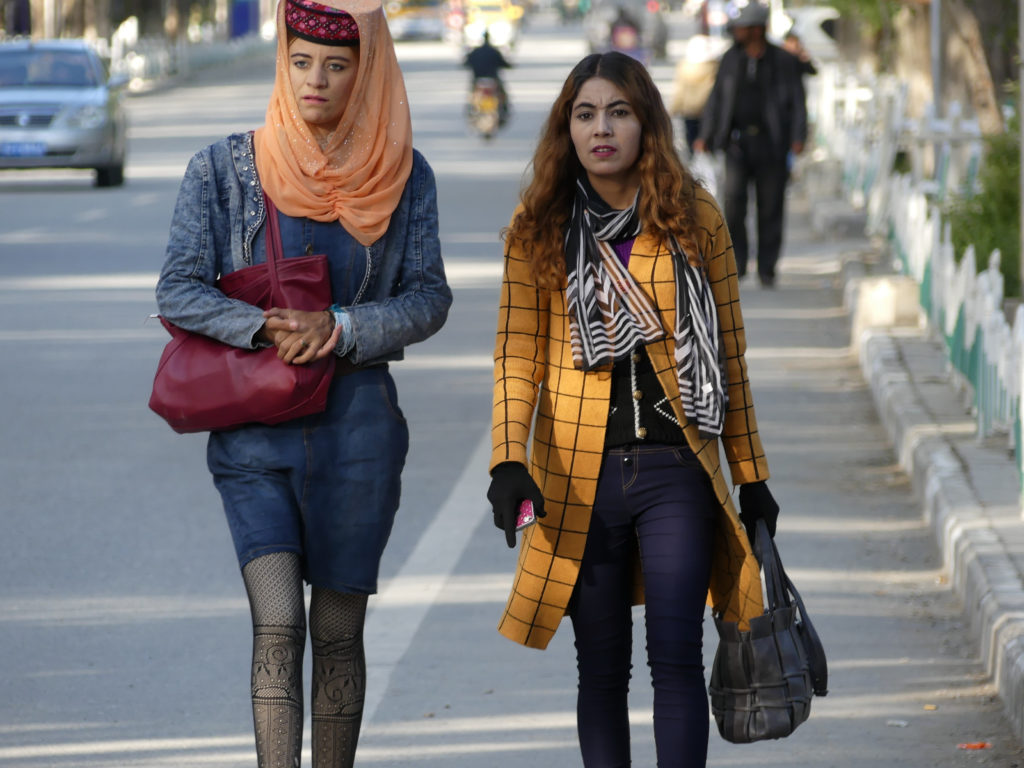
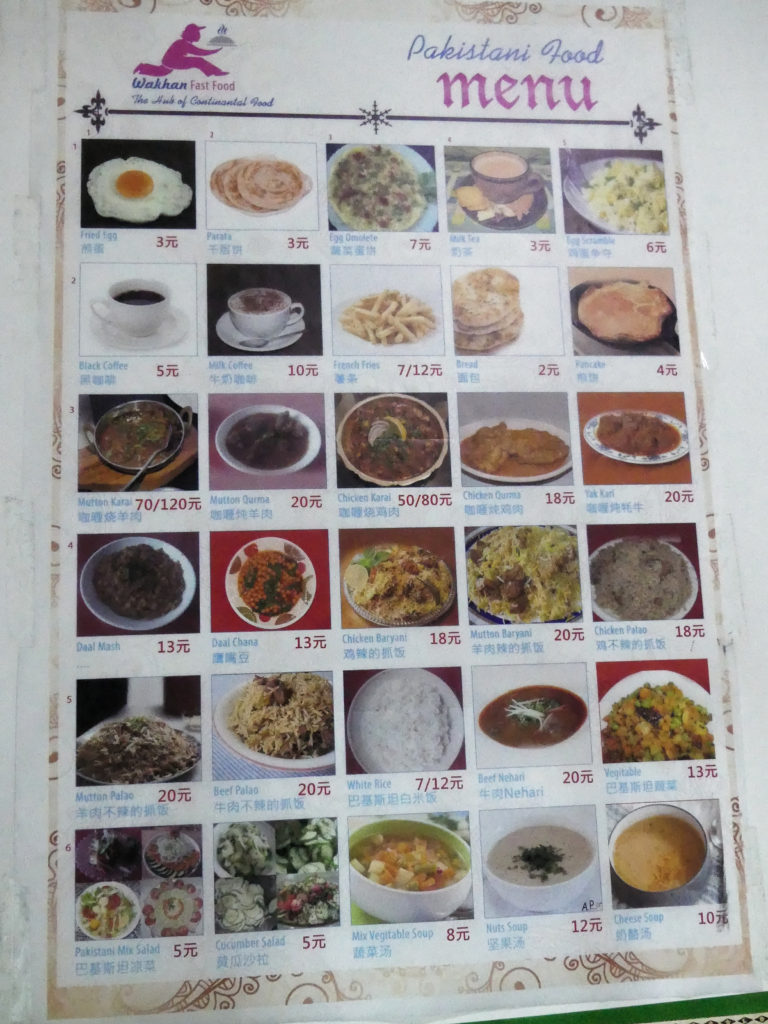
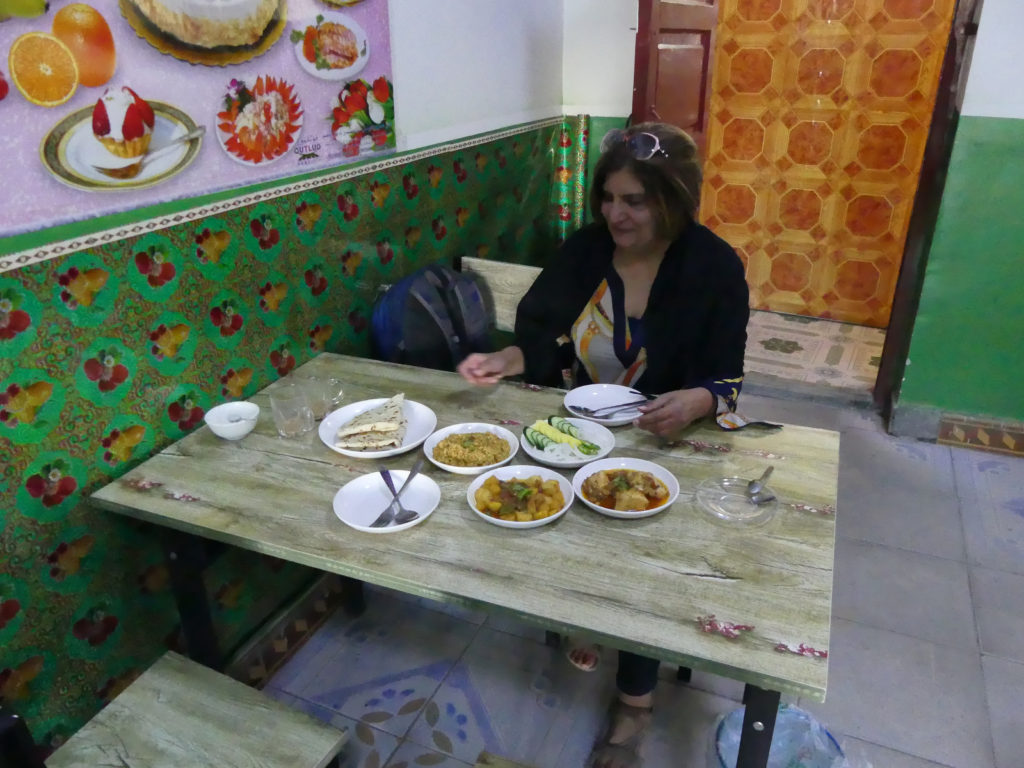

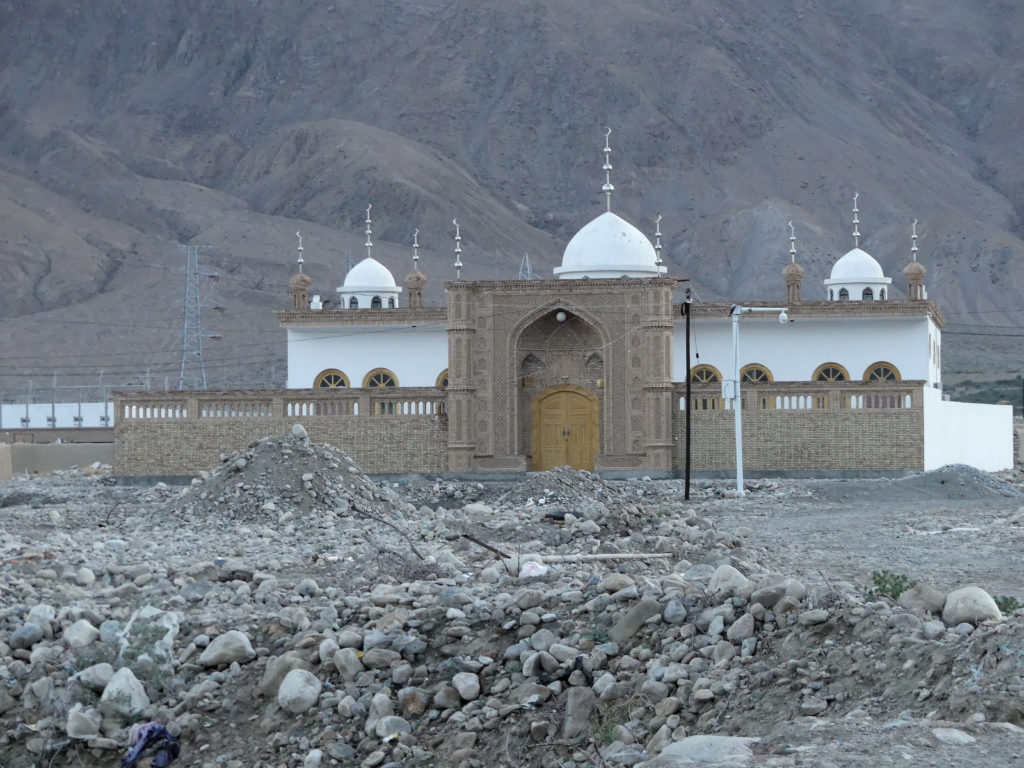
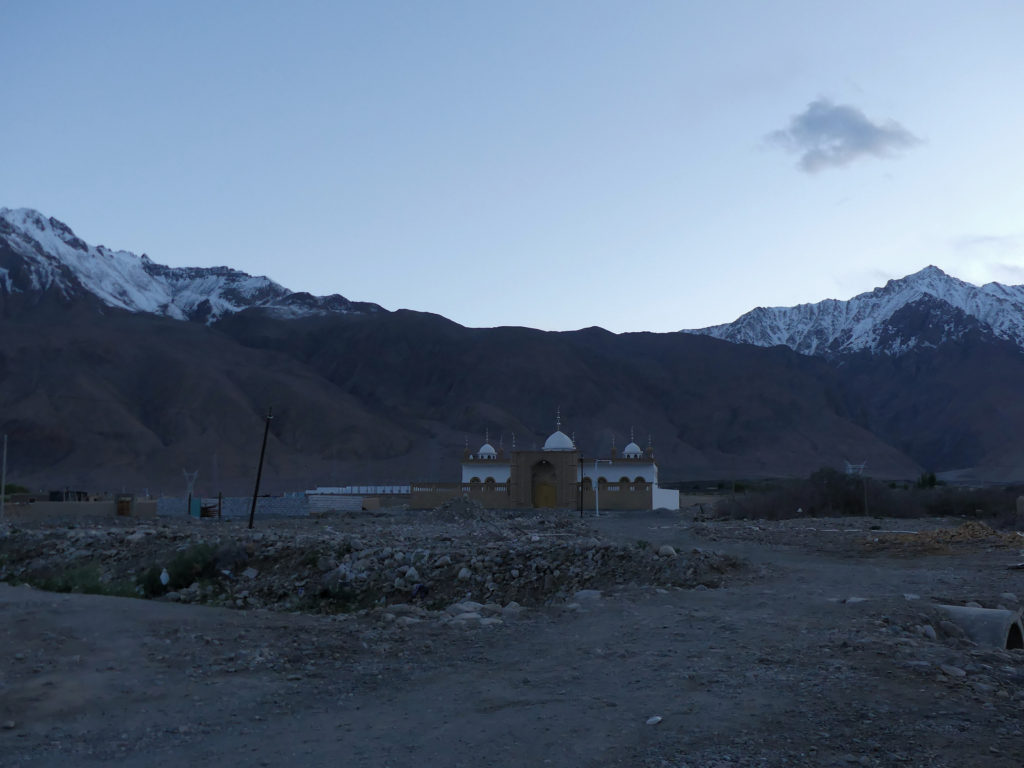
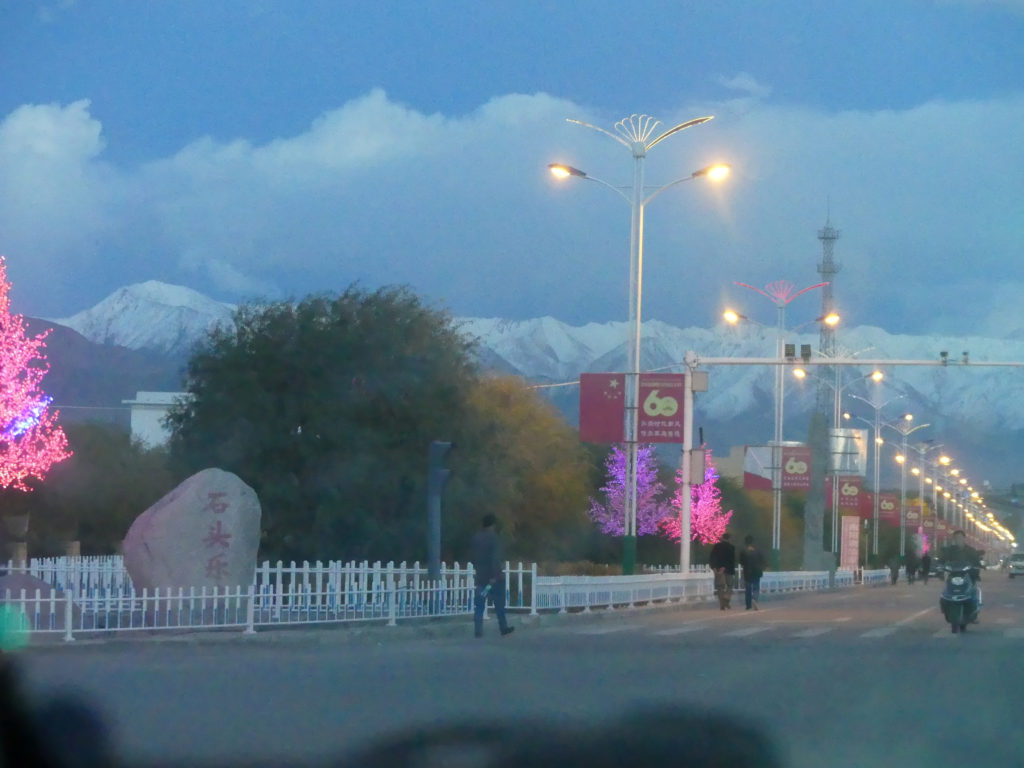
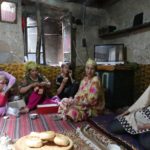


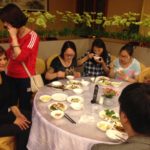
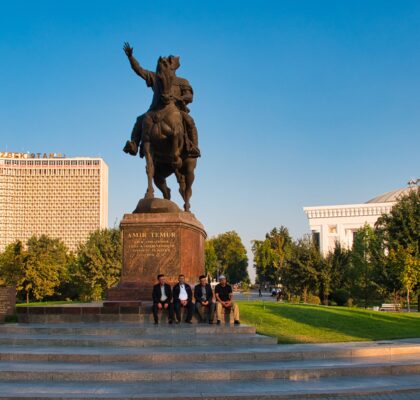

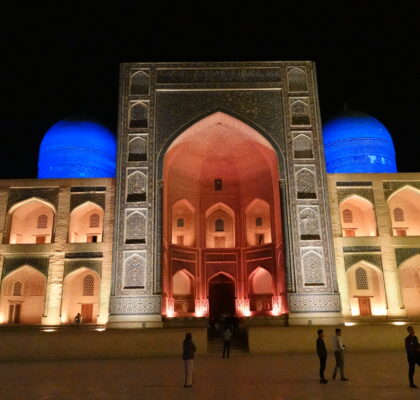
Pingback: Silk Road 19: More Murghab & Alichur, Tajikistan - Ali Karim Travelog Asia
Pingback: Silk Road 14 Bishkek, Kyrgyzstan - Ali Karim Travelog Asia
Pingback: Silk Road 5: More Kashgar; Xinjiang, China - Ali Karim Travelog
Pingback: Silk Road 8: Khunjerab Pass to Passu, Hunza, Pakistan - Ali Karim Travelog
Hi Mr. Ali, great blog, thank you. My husband and I will be in Kashgar soon. We would like to hire a car and driver to take us to Tashkurgan one day, and back to Kashgar again the following day, or a day after that. Can you recommend the car/driver or company that you used? Thanks, Alexandra
Hi Alexandra, thanks for reading my travelog, and hope it helped you.
I will PM you the info you are looking for, by email
I’m really impressed together with your writing skills and also with the layout for your weblog. Is this a paid subject or did you customize it yourself? Either way stay up the excellent quality writing, it is uncommon to look a nice weblog like this one today..
Thanks for the excellent information, it actually is useful.
Resella, glad you found by China Silk Road through Xinjiang useful. Please keep reading my Travelog.
Greetings! Quite helpful advice on this post!
Thanks a lot for sharing!